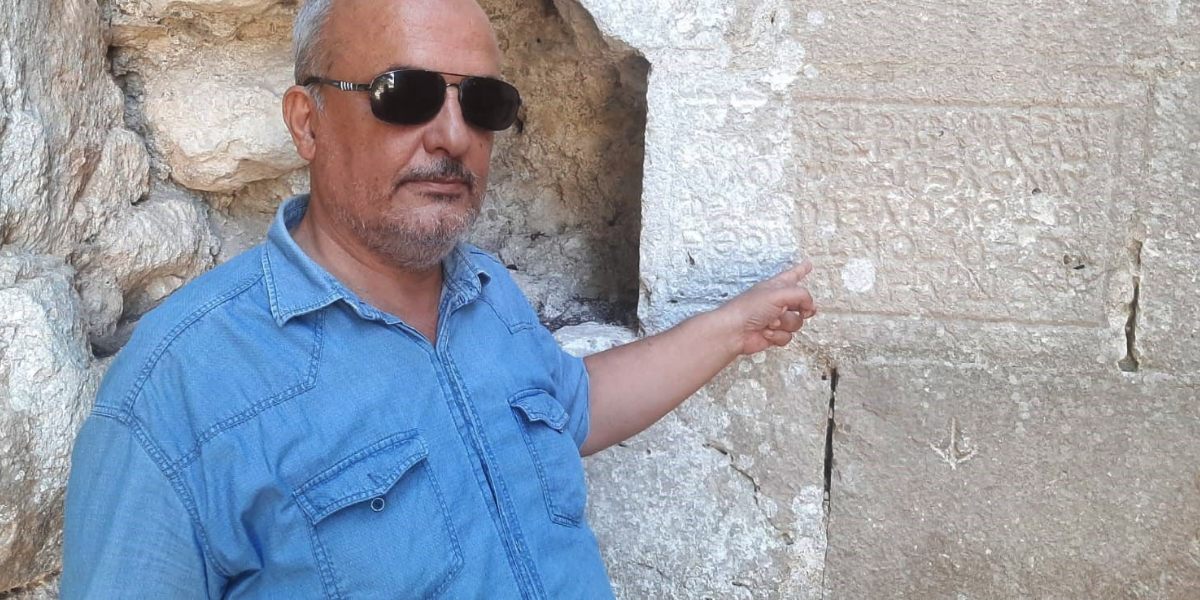
The inscription of Çem Castle awaits decipherment
The inscription on the wall of Çem Castle in the Sumbas district of Osmaniye in southern Türkiye is waiting to be solved. To date, the language and alphabet in which the inscription was written has not yet been deciphered. Çem Castle was used as an important defense center especially in the Middle Ages. During the
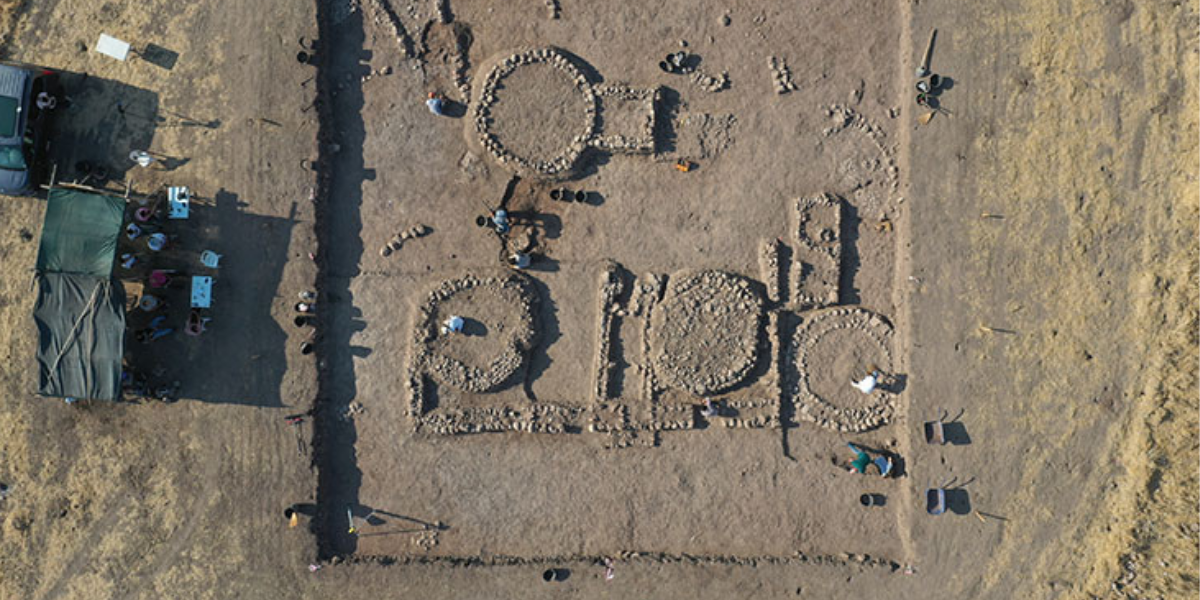
Child skeleton and silver ring dating back 7,600 years found at Domuztepe Mound
A child skeleton and a silver ring dating back 7,600 years were found in Domuztepe Mound, which has uninterrupted settlement traces since the Neolithic period. Located in Emiroglu Village, 32 km south-southeast of the city center of Kahramanmaraş in southern Türkiye, Domuztepe mound lies on the eastern bank of the Aksu River in the Maras
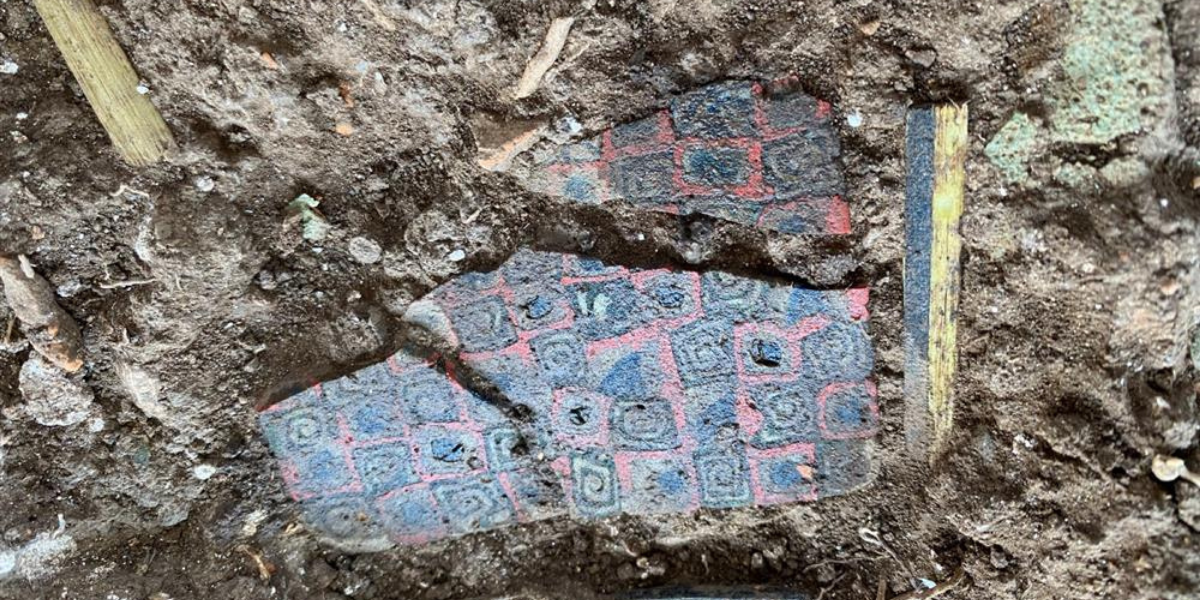
Millefiori glass plates from the 5th century AD discovered in the historic Lycian city of Myra
In the ancient city of Myra, one of the six major ancient Lycian cities, glass plates called millefiori or “Thousand Flowers” were discovered. The ancient city of Myra is located in the Demre district of Antalya. Myra takes its name from the myrtle tree and was called Muri in the Classical Age. Later it was
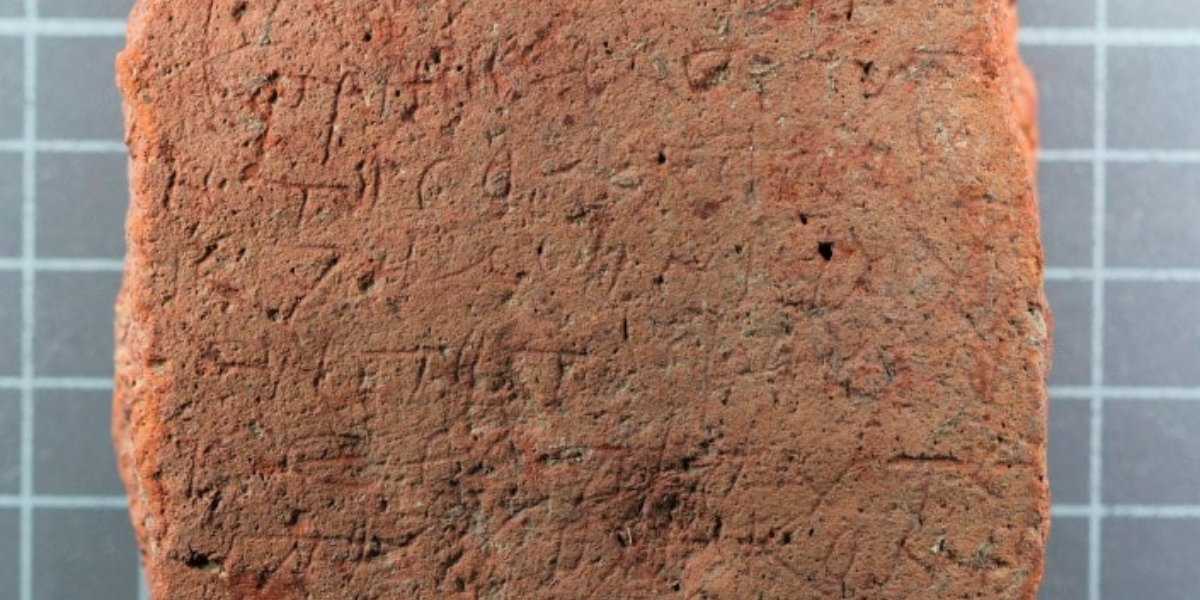
A talisman tablet believed to protect from all kinds of evil and enemies was unearthed in a tomb in Silifke Castle
A magical, talismanic tablet designed to protect against evil and enemies has been unearthed in Silifke Castle on Türkiye’s Mediterranean coast. The talismanic tablet was found inside a tomb. It was made to protect the owner of the grave or the grave. It was determined that the tablet belonged to the Byzantine Period. Silifke Castle
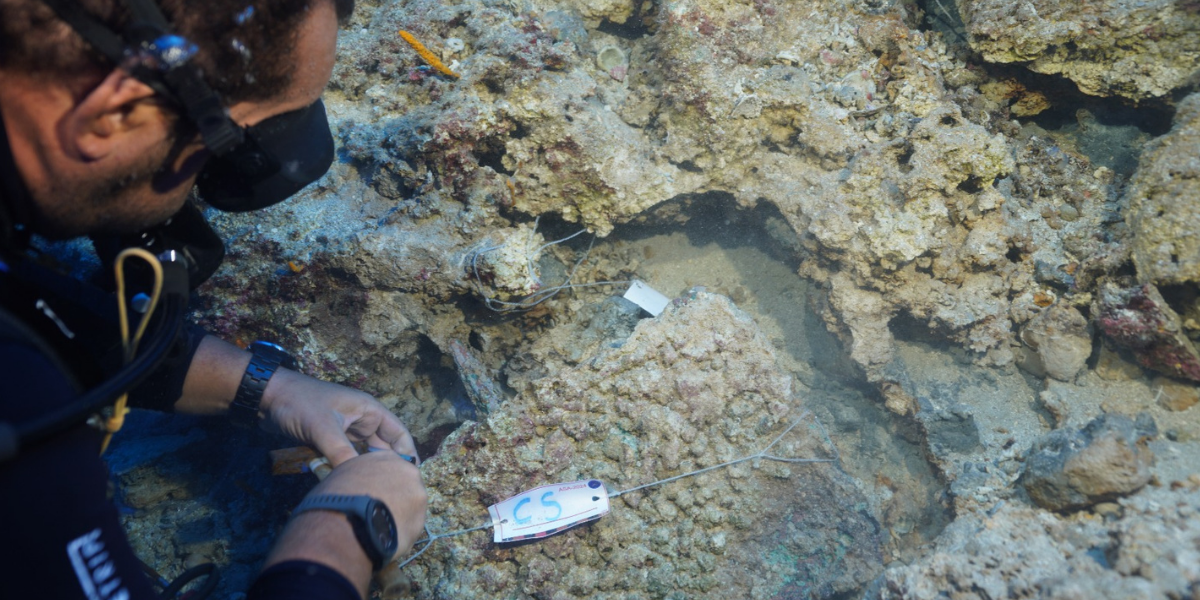
3,600-year-old bronze dagger with silver rivets found in a shipwreck in Antalya
Turkish underwater archaeologists found a 3,600-year-old silver riveted bronze dagger, which was determined to belong to the Cretan-Minos civilization, during an underwater excavation in a shipwreck off the coast of Antalya’s Kumluca district. The discovery was led by Assoc. Prof. Hakan Öniz from Akdeniz University. Underwater archaeology studies in the Kumluca region have been ongoing
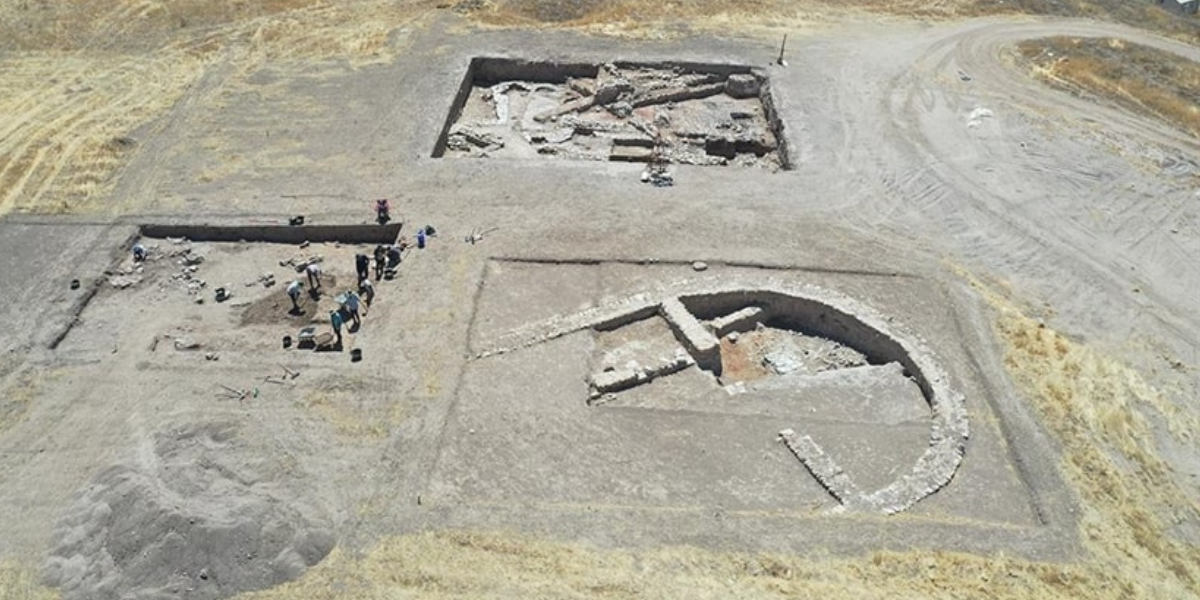
2,800-year-old kilograms of chickpeas, wheat, apricot kernels, grapes and garlic grains found in Yassı Mound
Carbonized chickpeas, wheat, apricot kernels, grapes and garlic grains dating back 2,800 years were found at Yassı Mound in the southern Turkish province of Kahramanmaraş. Since 2021, excavations at Yassı Mound, led by Assoc. Prof. Elif Baştürk of Ahi Evran University, have shown the existence of nine distinct layers that existed continuously between 6,000 BC
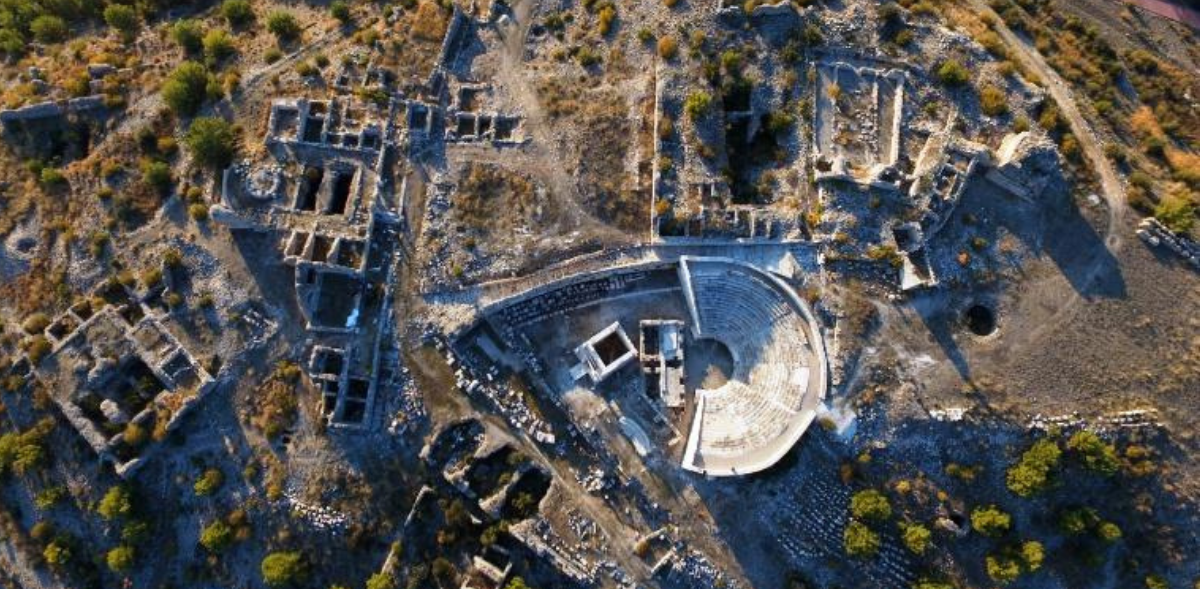
A Lycian city founded by the Rhodians: Rhodiapolis Ancient City
Rhodiapolis, which is accepted as a city founded by the Rhodians because of its name, is located on a hill near Sarıcasu Village in Kumluca District of Antalya Province. According to Theopompos, the ancient city of Rhodiapolis was named after Rhodos, the daughter of Mopsos. The settlement, whose existence we learn from Hekataios, is one
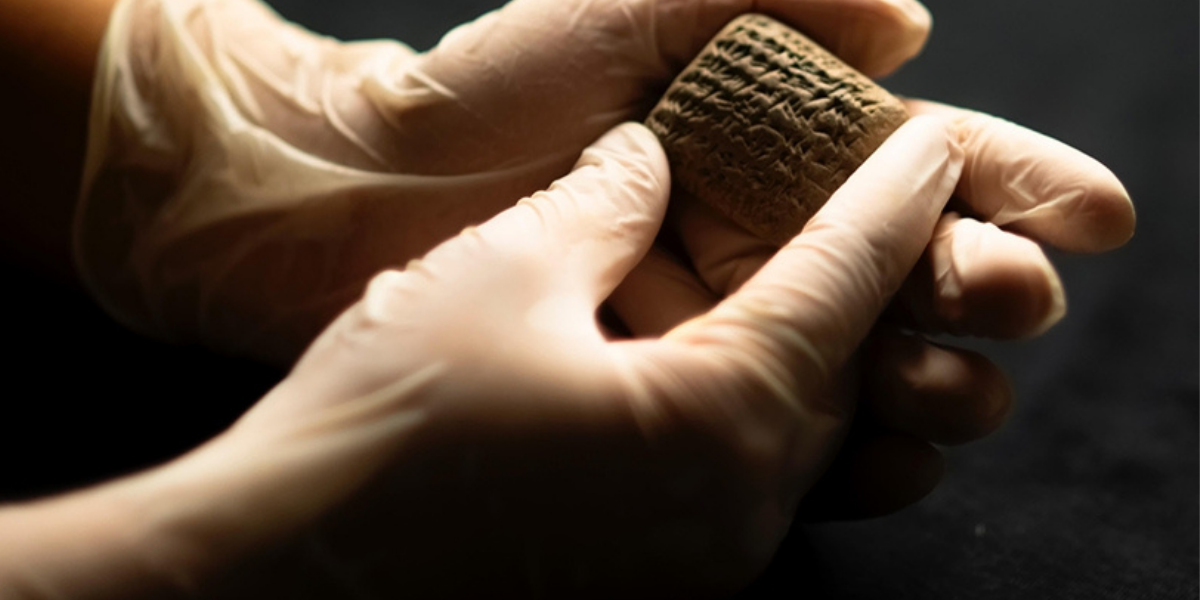
3500-year-old clay tablet written in Akkadian discovered at Aççana mound
Archaeological excavations at Aççana mound in Reyhanlı district of Hatay province in southern Türkiye have unearthed a 3500-year-old clay tablet written in Akkadian. The Aççana mound contains the remains of Alalah, an important city in ancient times. The mound dates back to 4000 BC and is known to have been inhabited continuously for 4000 years.
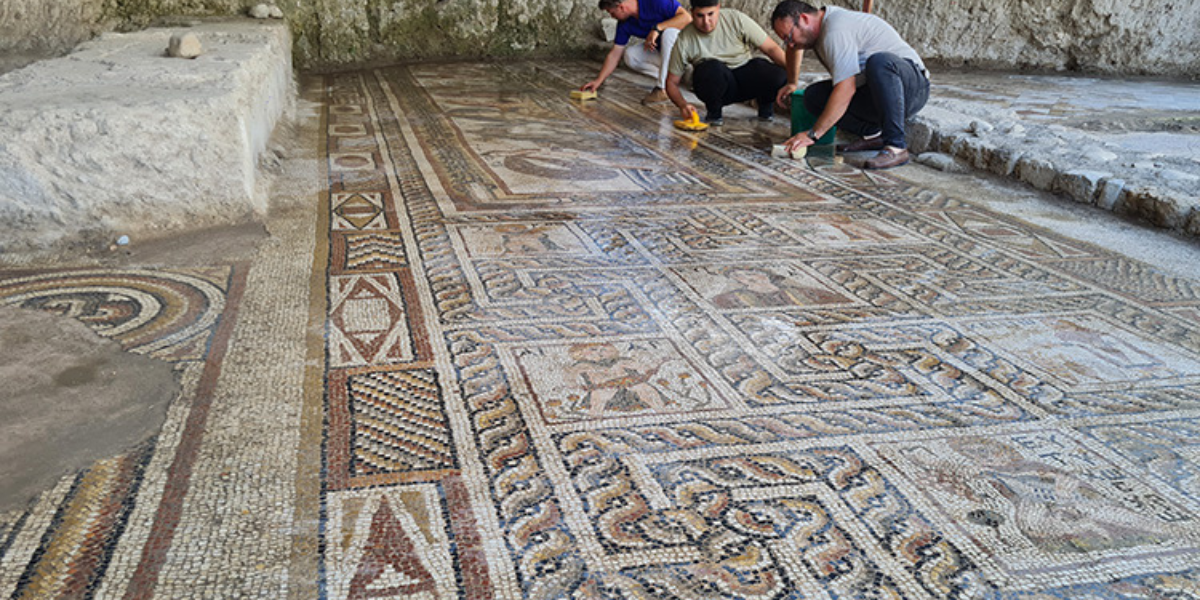
Roman mosaics found in the foundation excavation are being unearthed
In 2015, work began to unearth Roman mosaics found in the foundation excavation of a construction site. The mosaics were discovered in the Kadirli district of Osmaniye province in southeastern Türkiye. The floor mosaics in the foundation of the Roman villa include animal motifs, as well as depictions of seasons and various mythological characters. The

The 5 thousand-seat part of the stadium where gladiator fights were organized in the ancient city of Perge was opened
The 5 thousand-seat part of the stadium where gladiator fights were held in Perge, a city famous for its architecture and marble sculpture in Anatolia during the Roman Period, has been opened. Perge Ancient City is located in Aksu district, 17 kilometers east of Antalya city center. The city, where traces of the Hittite Period
